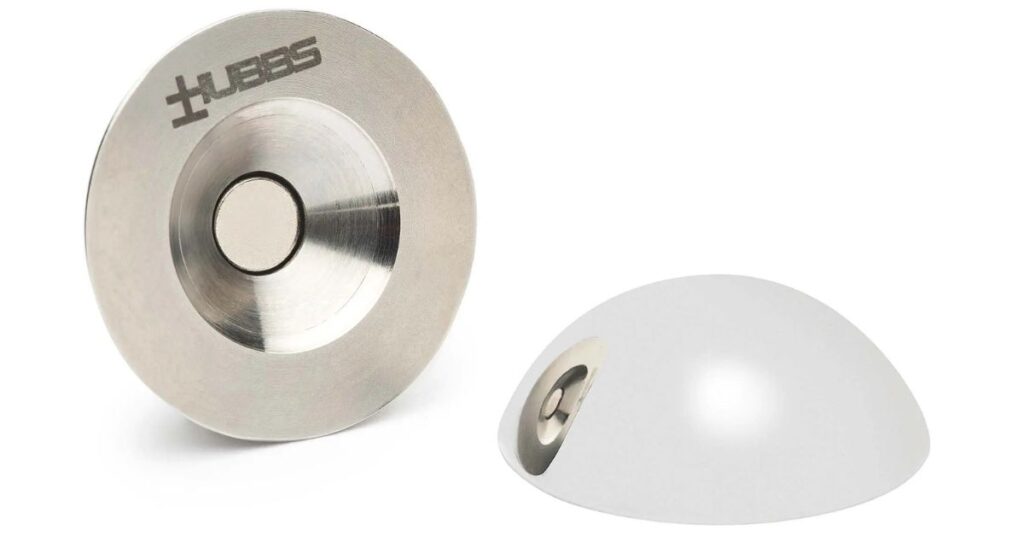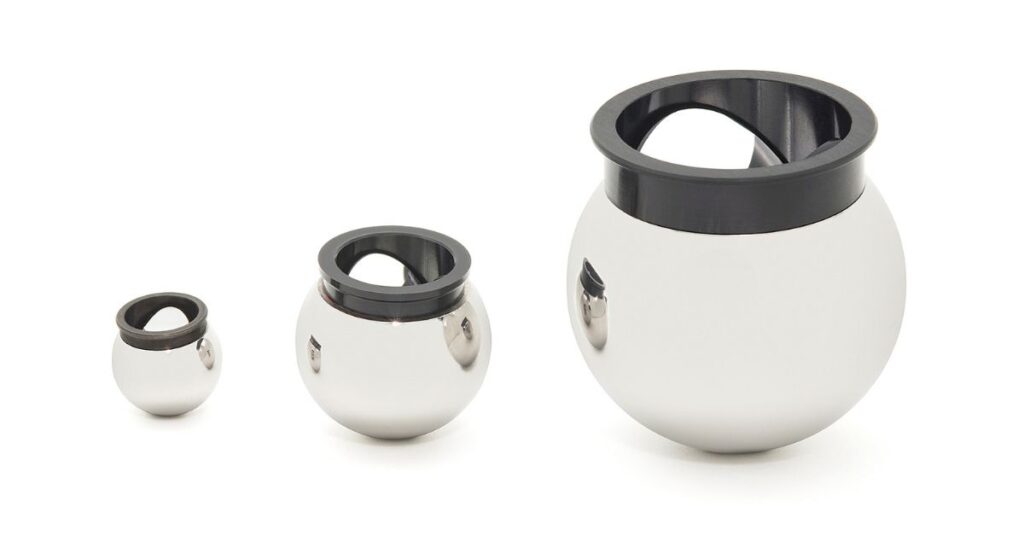
Precision and innovation define the success of modern industries. One breakthrough solution transforming how businesses measure, align, and produce is laser-based tooling systems. From achieving accurate measurements to seamlessly integrating with advanced technologies, these systems have become essential for tackling challenges in manufacturing, aerospace, construction, and other sectors.
The ability of these systems to adapt to complex workflows ensures unmatched performance across a wide spectrum of applications. The key benefits of laser-based tooling systems go beyond meeting today’s needs to lay the foundation for a technologically advanced approach to industrial excellence.
Laser-based tooling systems provide accuracy levels that far exceed those of traditional mechanical tooling. This accuracy enables industries to produce components with micrometer and .0001-level precision.
For manufacturers working on aerospace engines or automotive components, this level of accuracy is crucial. It ensures parts fit seamlessly and meet the stringent quality control standards required by these industries. By minimizing the chances of human error and measurement discrepancies, laser-based systems establish themselves as the gold standard for modern tooling solutions.
Precision without speed could slow down manufacturing work, but laser-based tooling systems counterbalance this with exceptional throughput. These tools are specifically designed to combine their high accuracy with rapid execution. This means manufacturers can meet project deadlines while ensuring the same level of detailed output from start to finish.
Automated laser scanning systems can quickly analyze parts in real-time, performing measurements and creating a database of complex geometries far faster than legacy tooling systems. With their impressive speed and consistency, laser systems empower factories to achieve greater scalability without compromising quality.
A major draw of laser-based tooling systems is their inherent versatility. Whether you’re inspecting aerospace fuselage components, calibrating car chassis, or designing architectural infrastructure, these tools adapt to a wide range of applications. Their customizable configurations can cater to projects across industries, eliminating the need for multiple specialized instruments.
For instance, tools such as the .5 laser tracker sphere mounts from HUBBS are engineered to provide flexibility and stability in demanding measurement and alignment processes. This versatility makes them invaluable to both manufacturing engineers and quality control managers.

Laser-based tooling systems can also help tackle environmental challenges effectively. With traditional tooling, significant material waste is involved in both the production and measurement processes. Laser systems are designed to operate in a non-contact manner. This results in minimal waste, fewer consumable materials, and consequently, lower energy consumption.
By integrating laser-based systems into their workflows, businesses optimize operational efficiency and make strides towards eco-friendly practices.
One of the standout features of laser-based tooling systems is their ability to generate real-time data and 3D models in a single process. This functionality proves essential for industries that rely on complex assemblies where every detail needs to be meticulously evaluated.
For example, 3D laser scanners allow manufacturers to visualize the components they’re working on in a holistic, highly detailed manner. These tools also significantly enhance reverse engineering processes, enabling manufacturers to replicate and improve existing designs with unprecedented precision. Being able to track, monitor, and evaluate production components in real-time ensures better decision-making at every step of the workflow.
Some materials are too fragile for contact-based processes and could easily sustain damage during measurement. Laser-based systems solve this by offering non-contact measurement capabilities to ensure an entirely safe process for delicate materials such as glass, ceramics, or composites.
Many quality control managers in the medical device manufacturing or aerospace industries may already use such systems to scrutinize lightweight yet critical components while preserving their integrity.
Whether you’re working on small-scale prototype development or large-scale manufacturing for mass production, laser-based tooling systems are scalable to suit your needs. Smaller enterprises can invest in compact configurations without sacrificing precision, while larger organizations often deploy multiple systems integrated across their facilities.
Their scalability directly translates into cost savings, as businesses only need to acquire equipment proportional to their operational requirements while enjoying the same level of precision across the board.
Laser-based systems contribute greatly to creating a safer work environment. These tools reduce the need for manual intervention, minimizing risks associated with traditional tooling methods, such as handling cumbersome or sharp components.
For instance, automated laser alignment tools can make intricate calibrations hands-free, reducing the need for employees to work in hazardous or high-stress positions. Combine this with improved workflow efficiency, and you have technology that not only enhances productivity but also places safety at the forefront of operations.

Industry 4.0 is characterized by smart factories where automation, big data, and IoT (Internet of Things) work in tandem for optimized production. Laser-based tooling systems fit seamlessly into this vision. They integrate with other Industry 4.0 tools to create a harmonious and tech-driven manufacturing process.
For example, coupling laser-based systems with IoT sensors enables remote monitoring of tool performance and maintenance requirements in real-time. Deep data integration allows these systems to learn and improve consistently, ensuring better function with each usage. Such integration enables cutting-edge advancements and helps save time and money. This makes these systems a critical component for forward-thinking enterprises.
Laser-based tooling systems are poised to set the foundation for future innovations in manufacturing. With constant improvements in machine learning and robotics, these systems will continue to evolve, handling even more complex tasks while maintaining their signature precision and reliability.
The adoption of laser-based tooling results in a robust infrastructure that ensures relevance and sustainability for decades to come. Businesses that invest in this technology today will undoubtedly become tomorrow’s leaders in innovation and efficiency.
When exploring the key benefits of laser-based tooling systems, it’s clear that their integration into manufacturing processes is a necessity. To take full advantage of technology that combines meticulous precision with reliability, explore systems that align with your goals today. Let HUBBS help you set the standard for precision.
Browse our product line or contact us as any time!